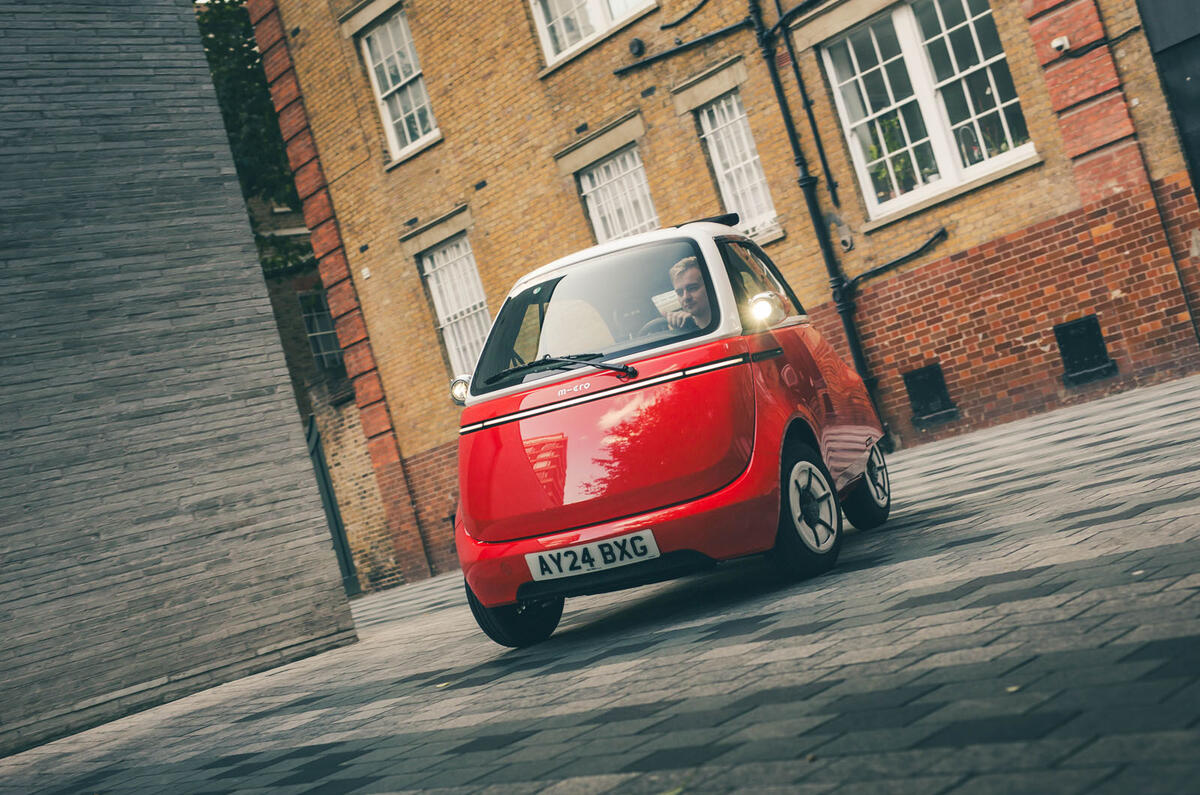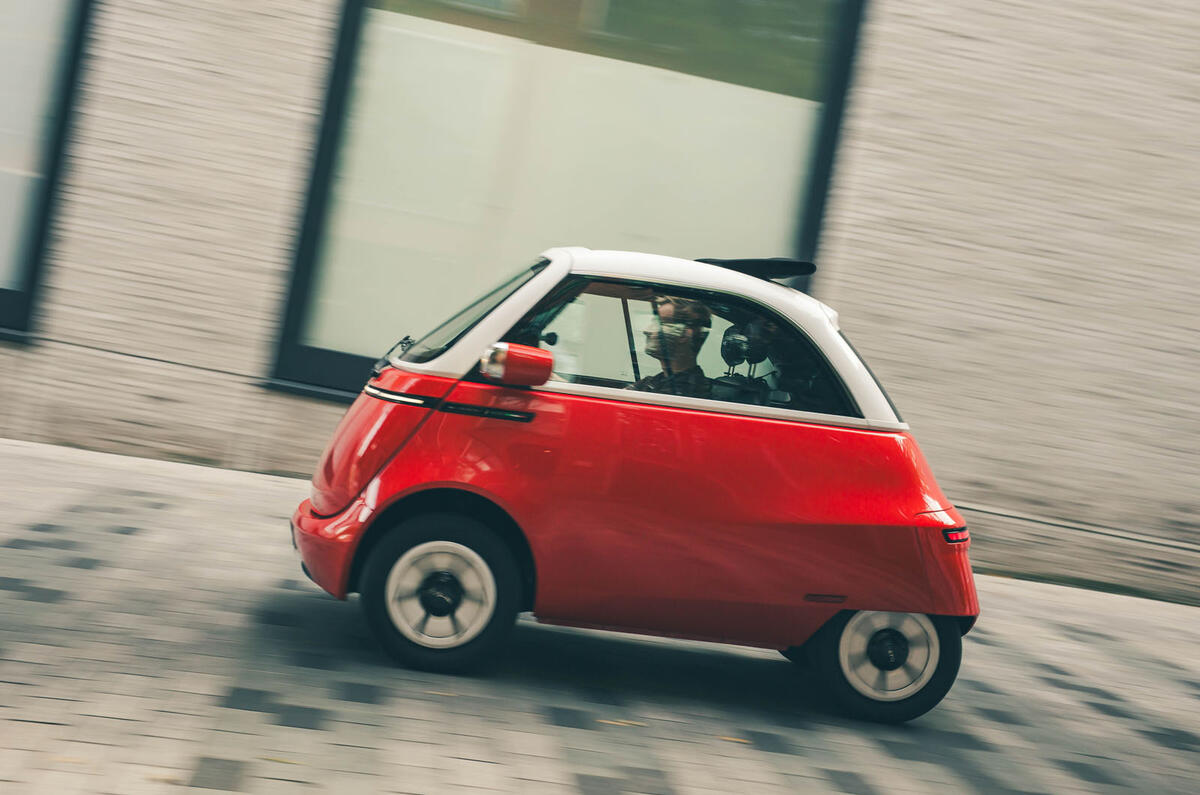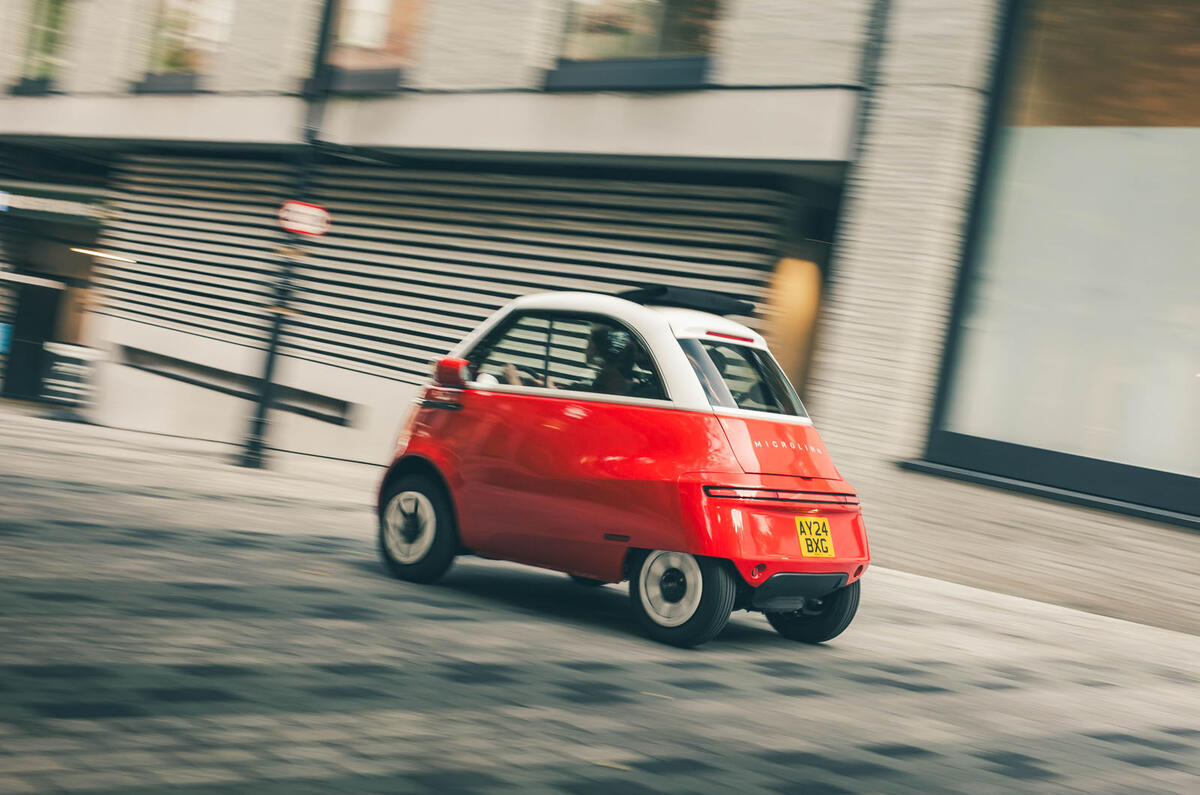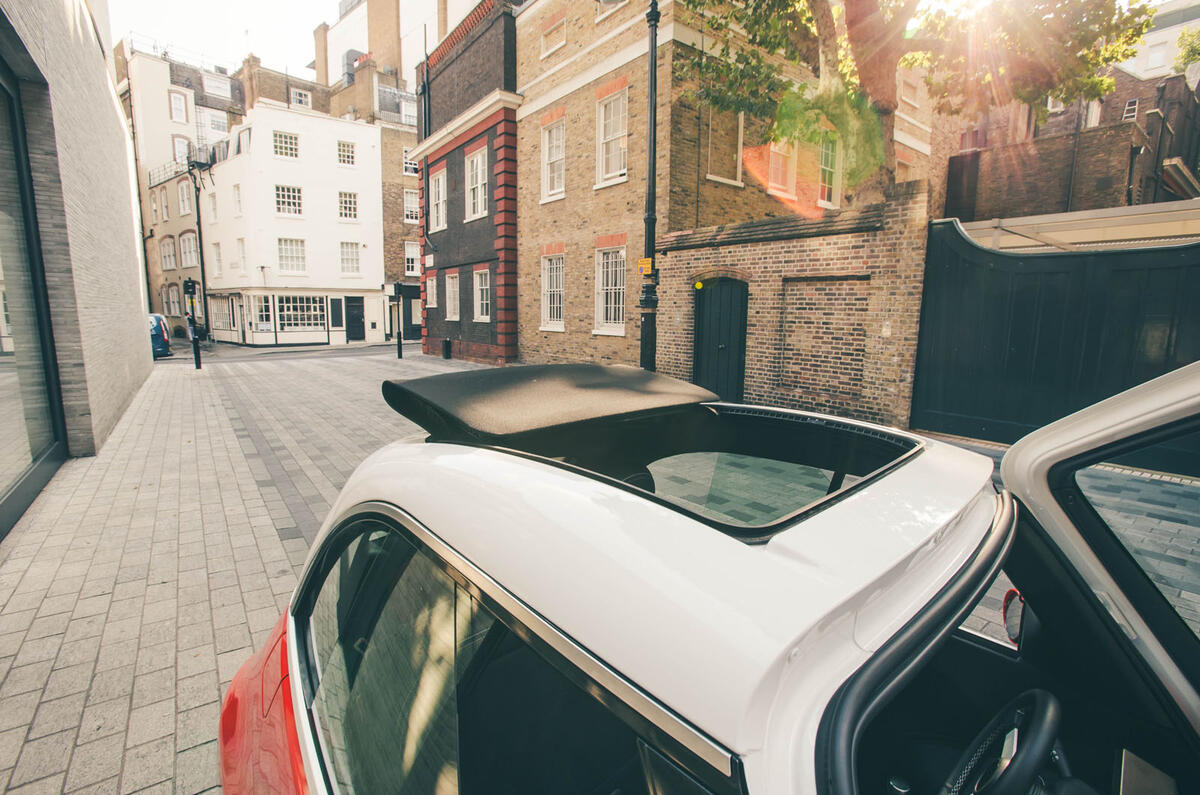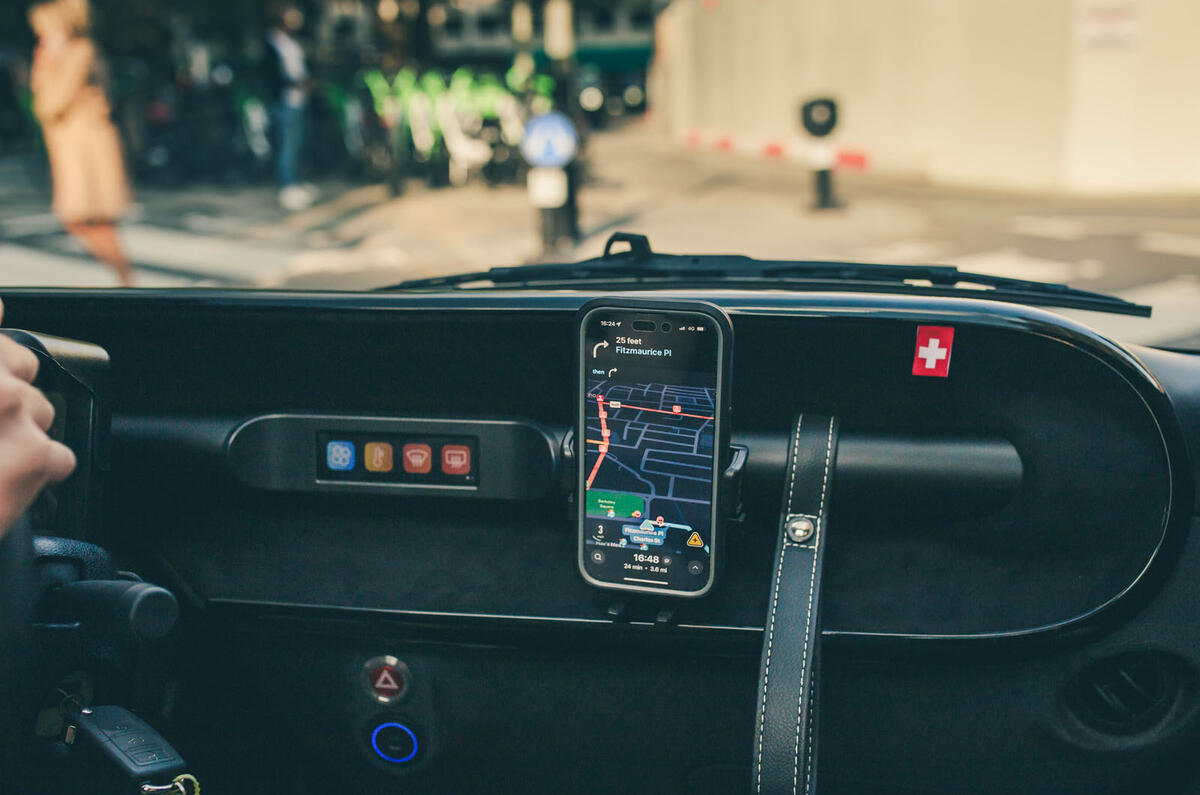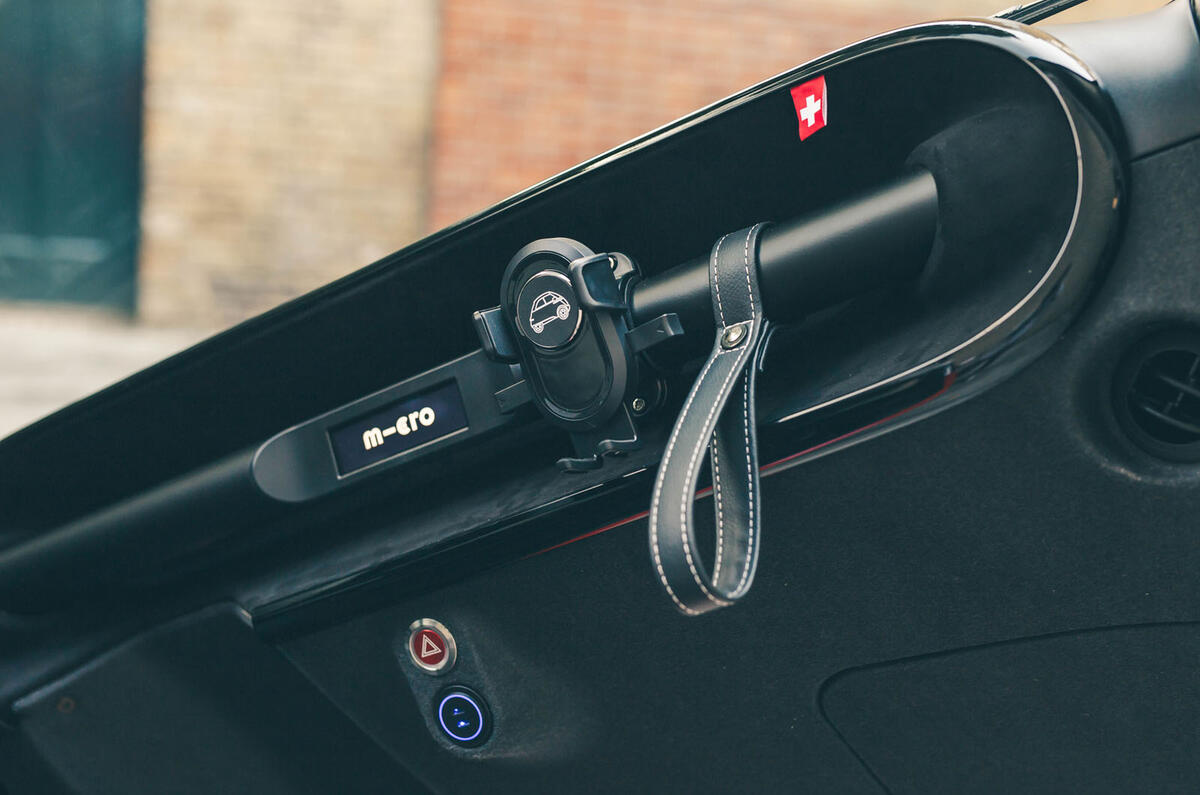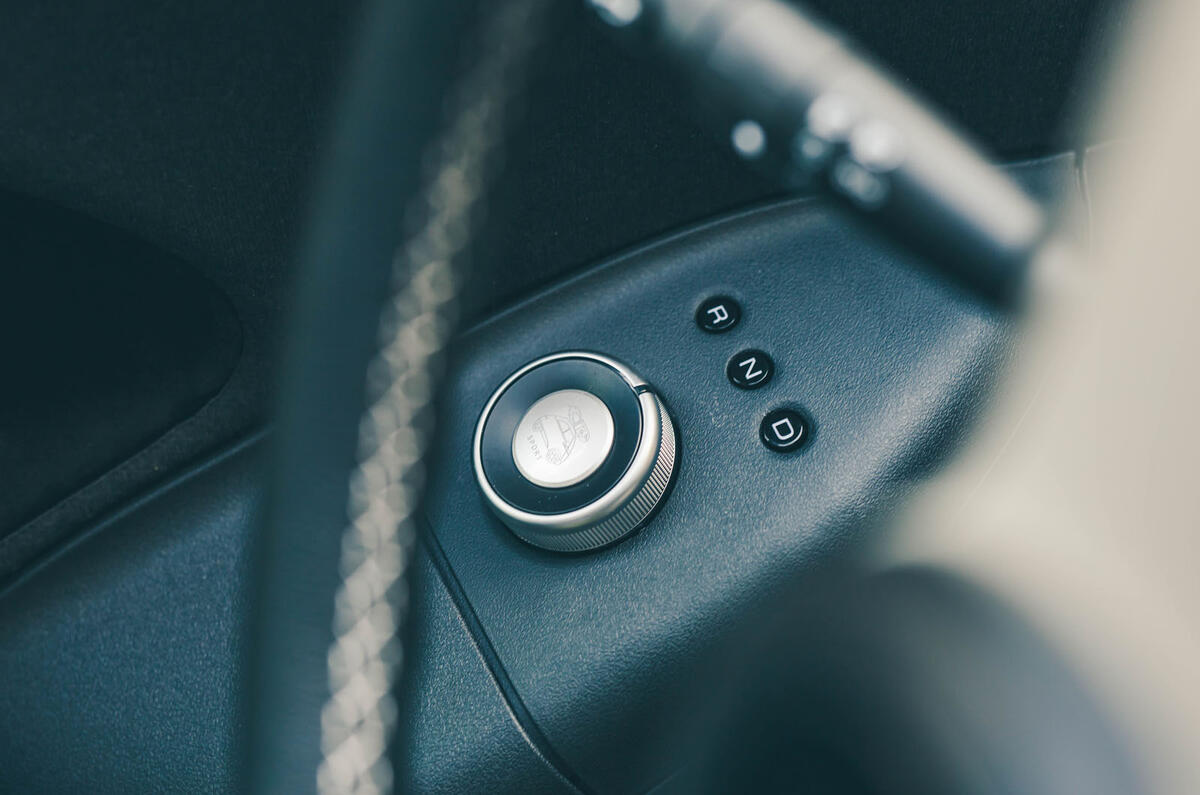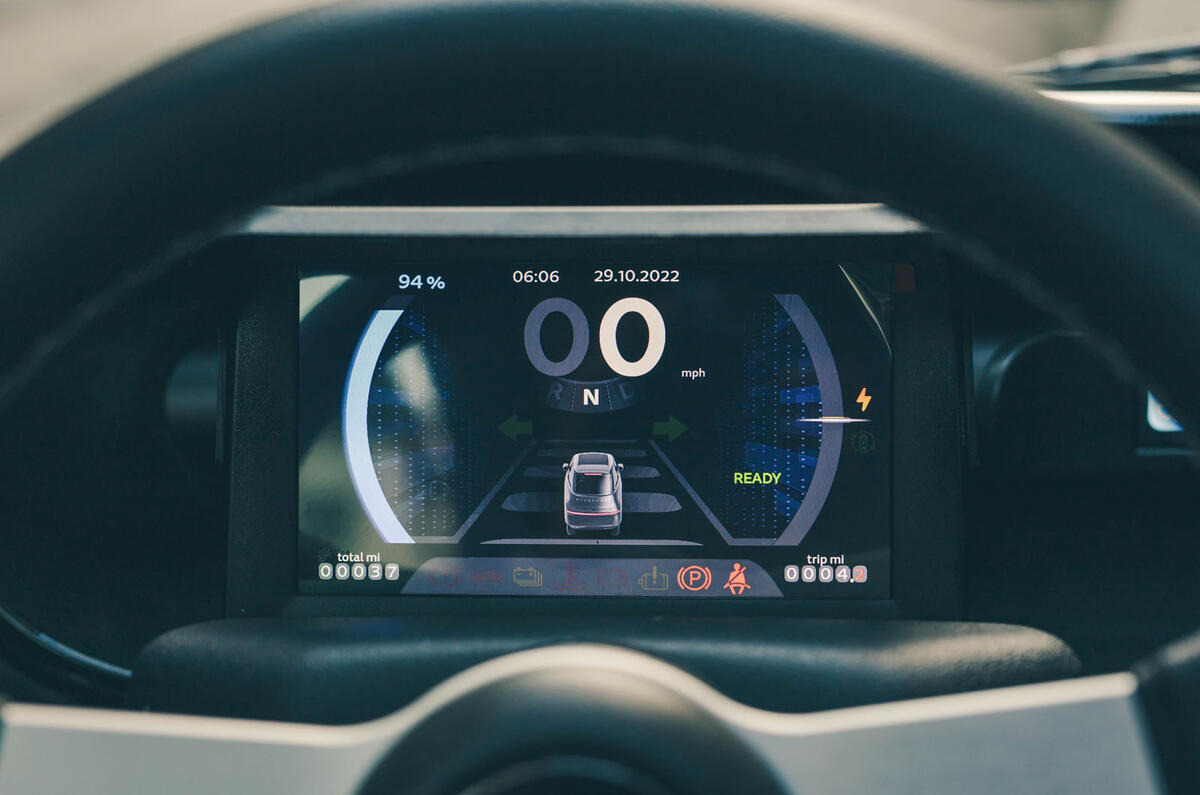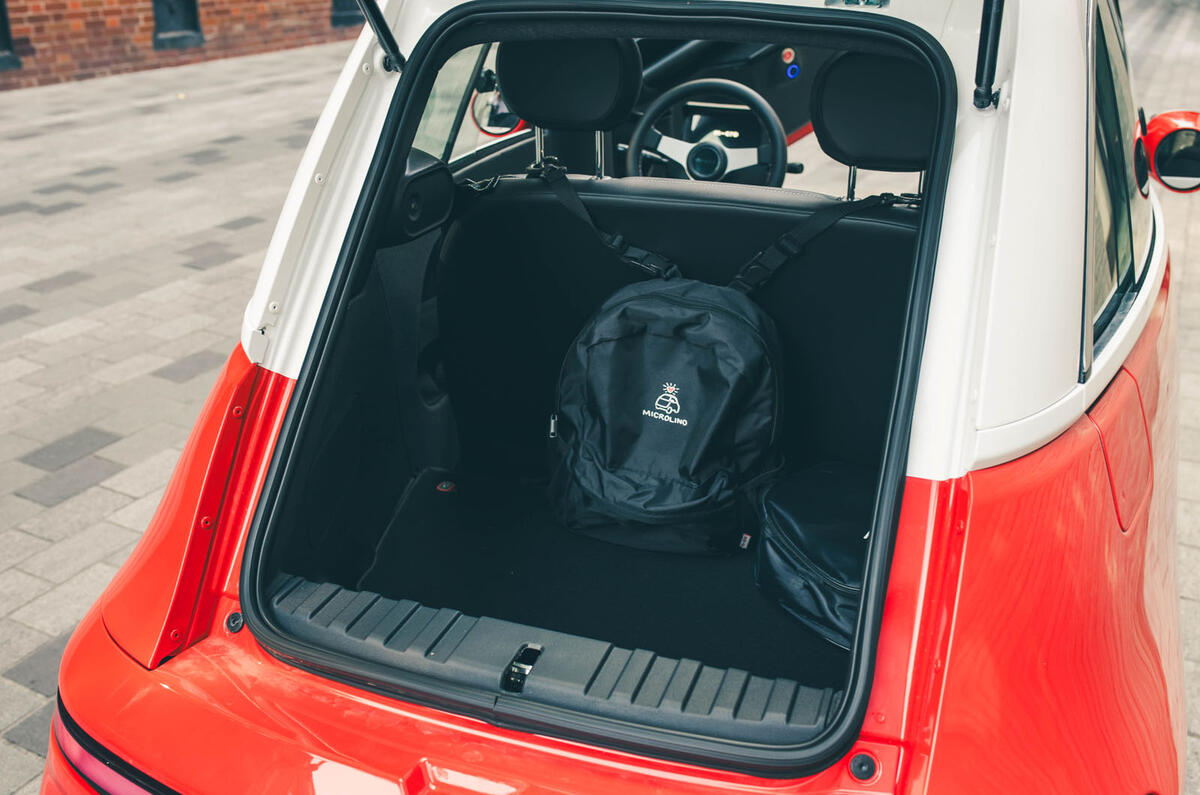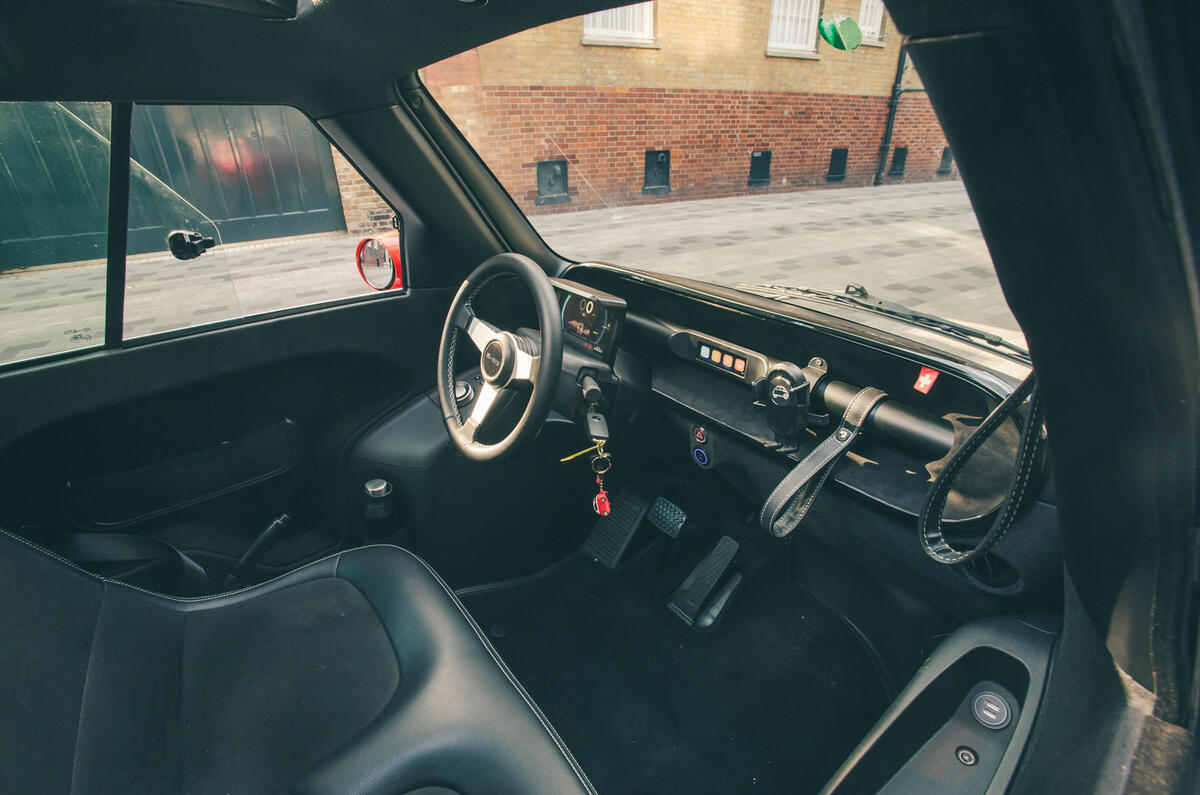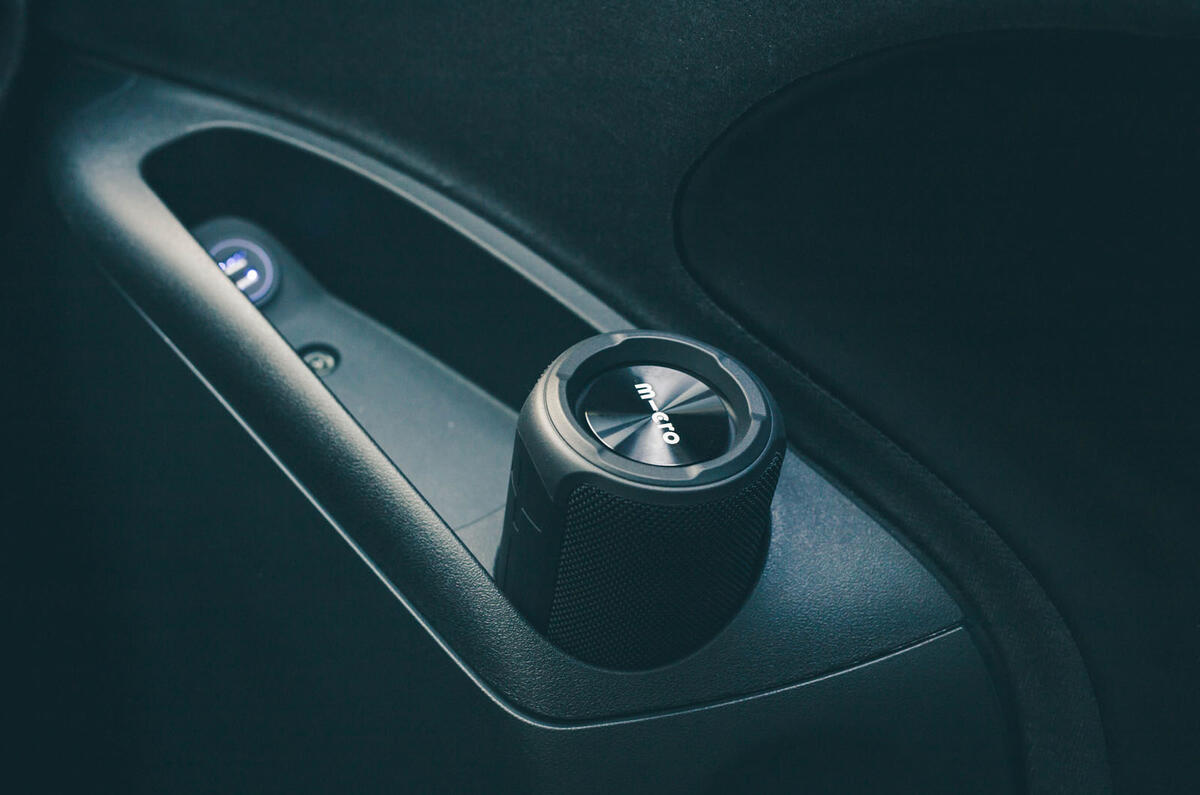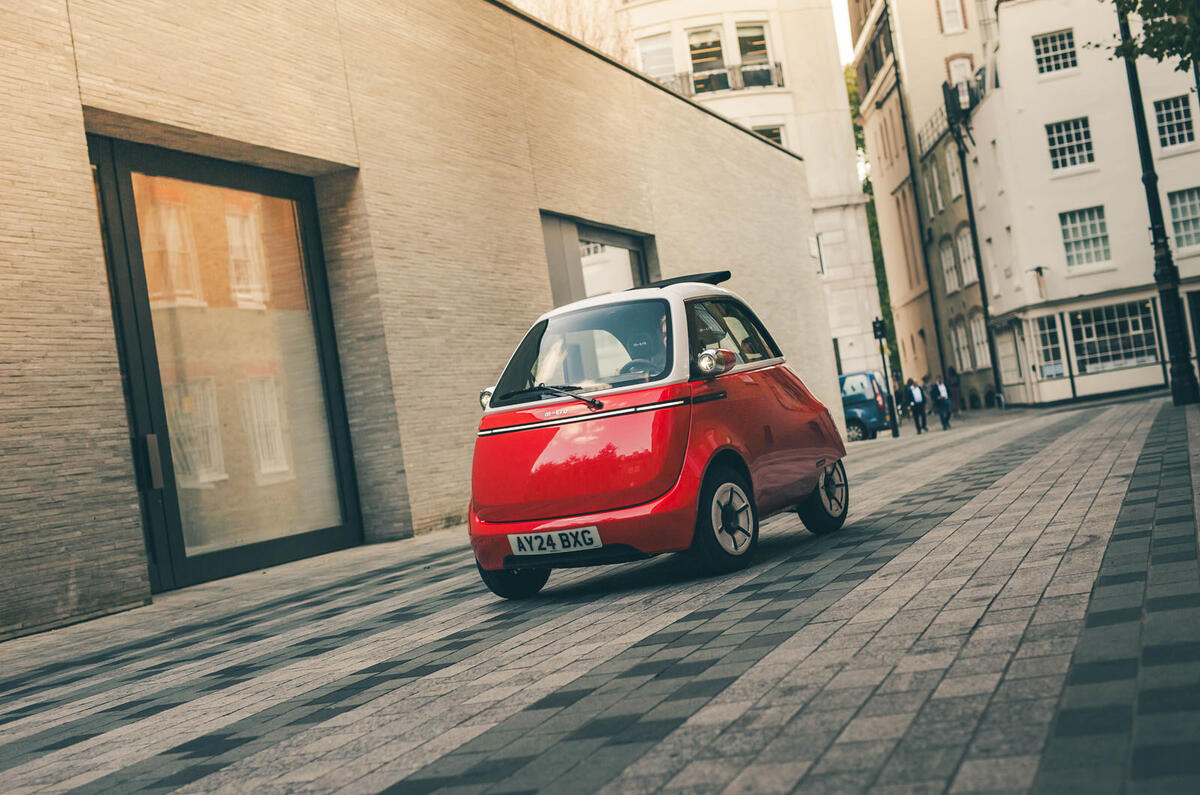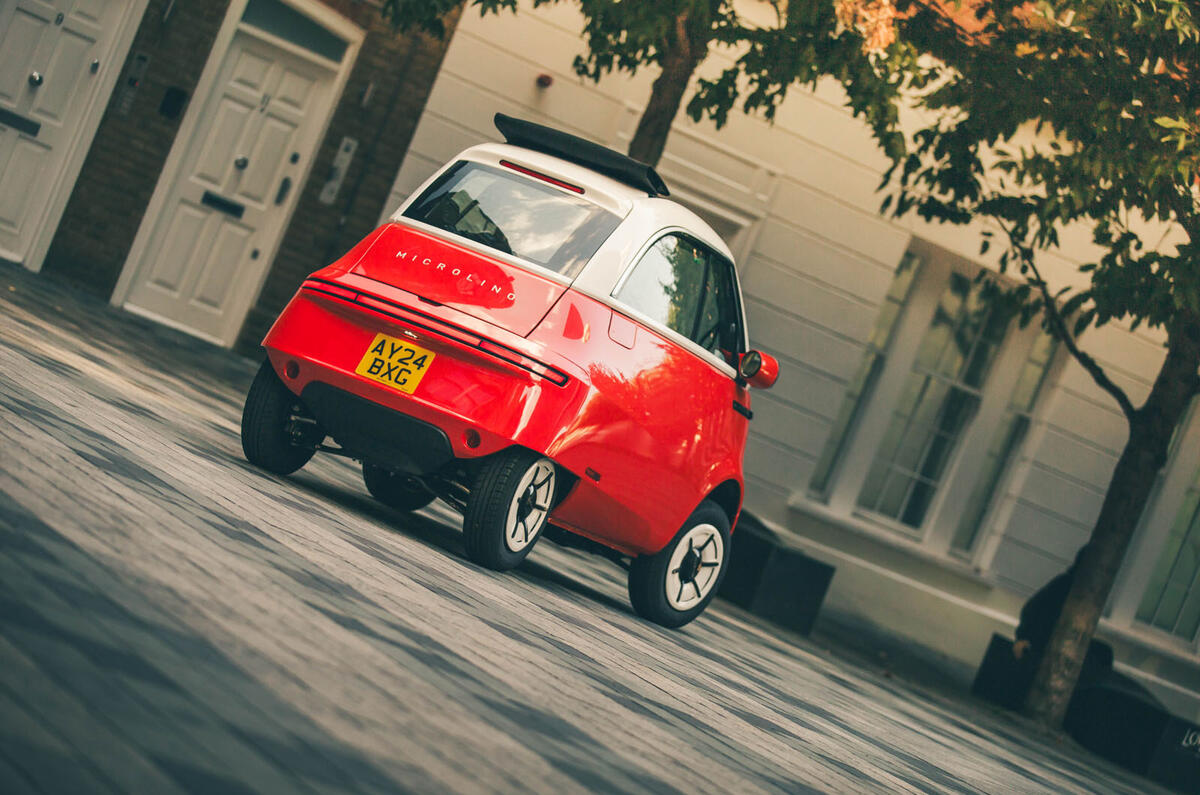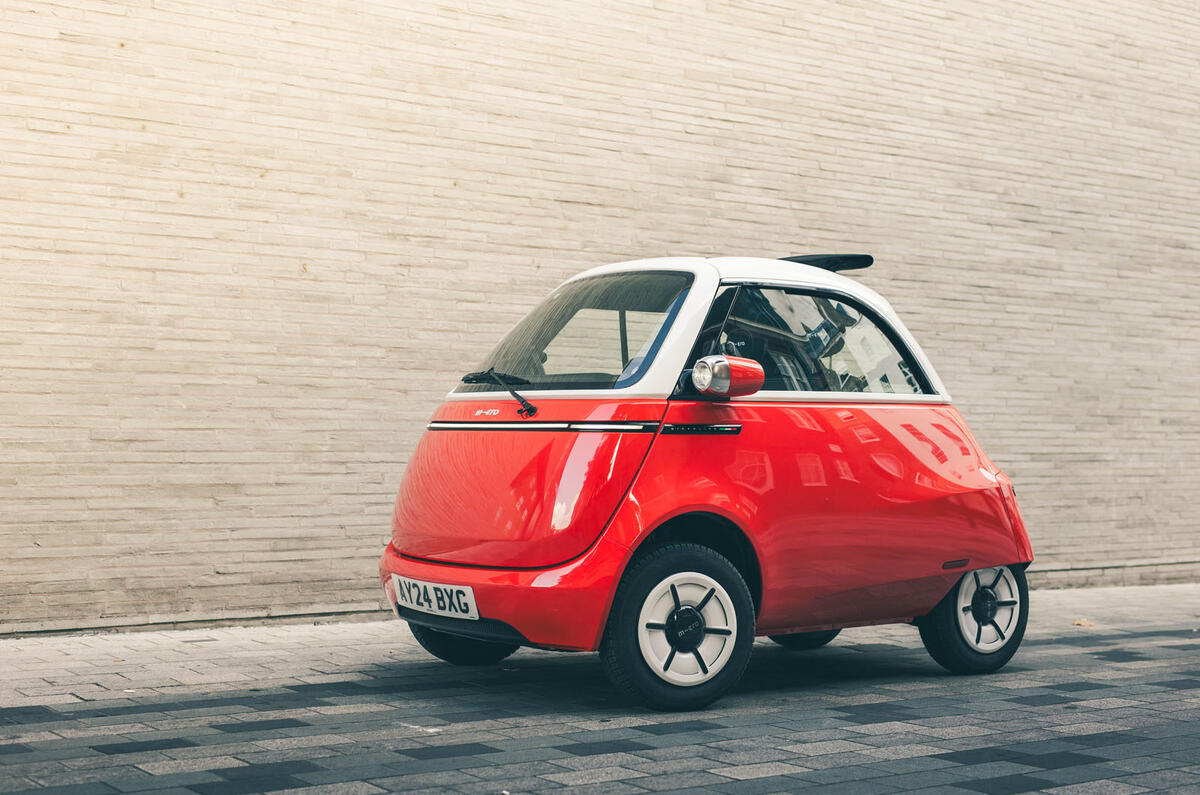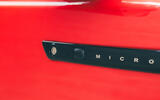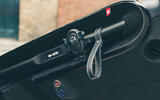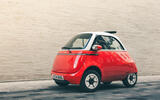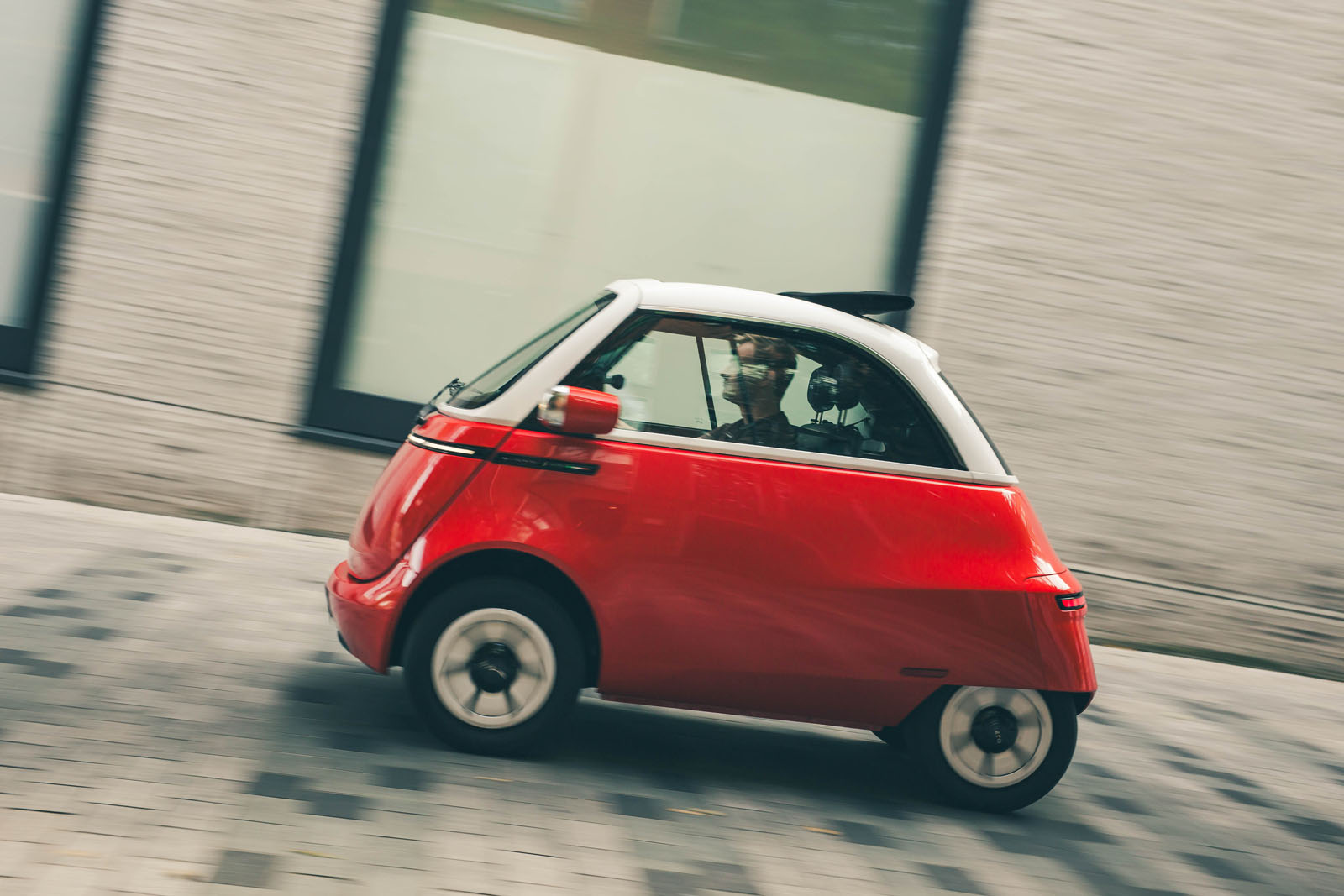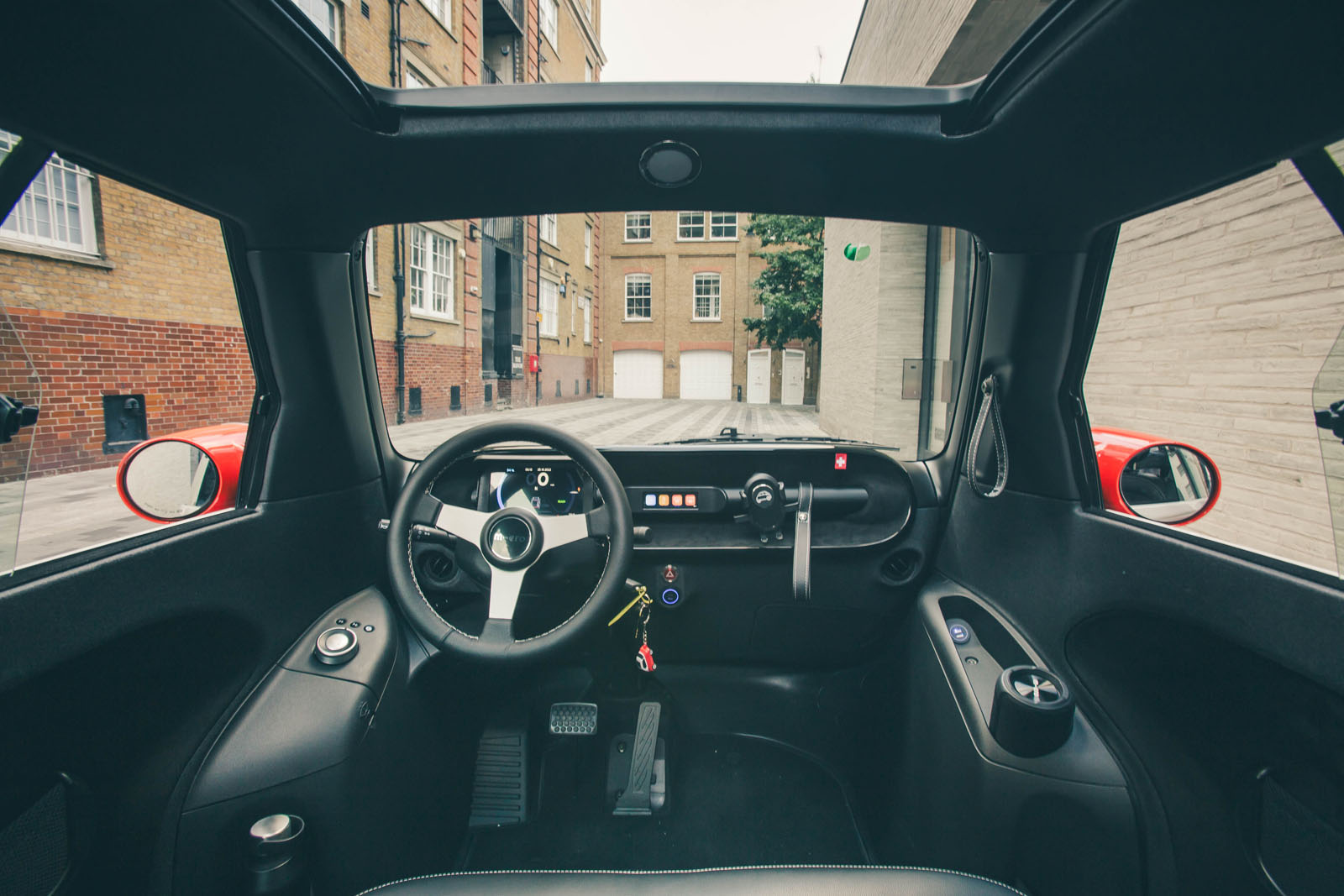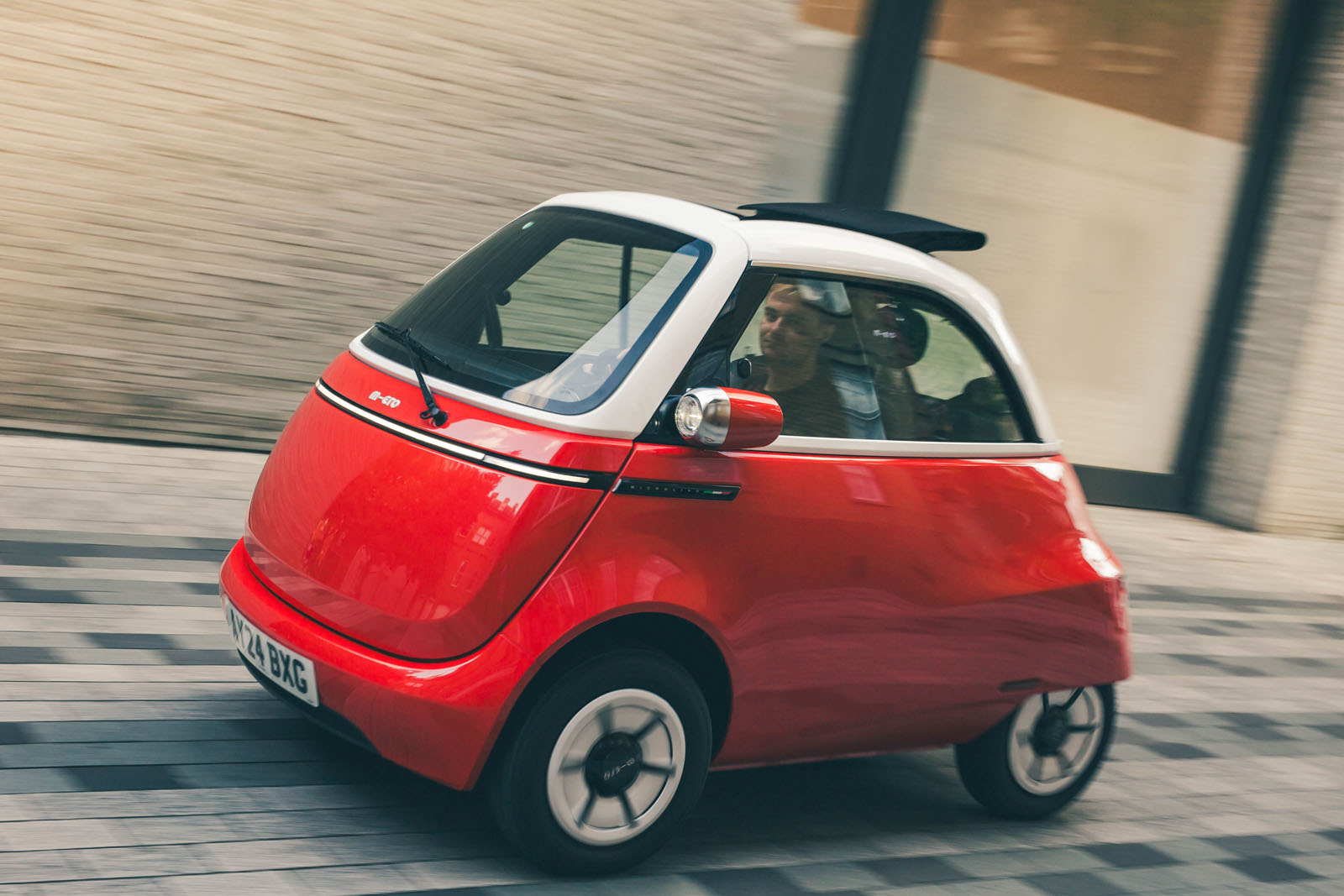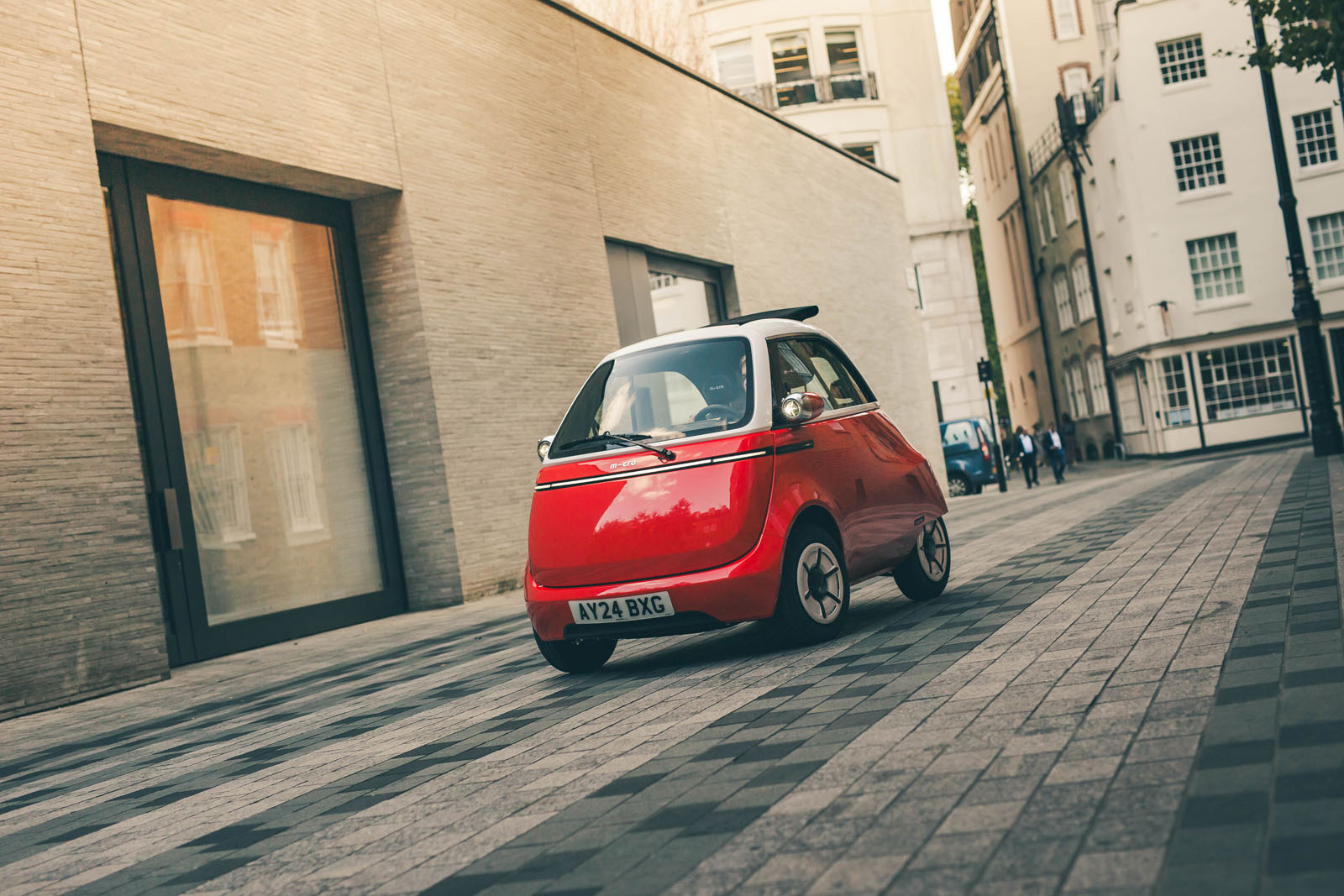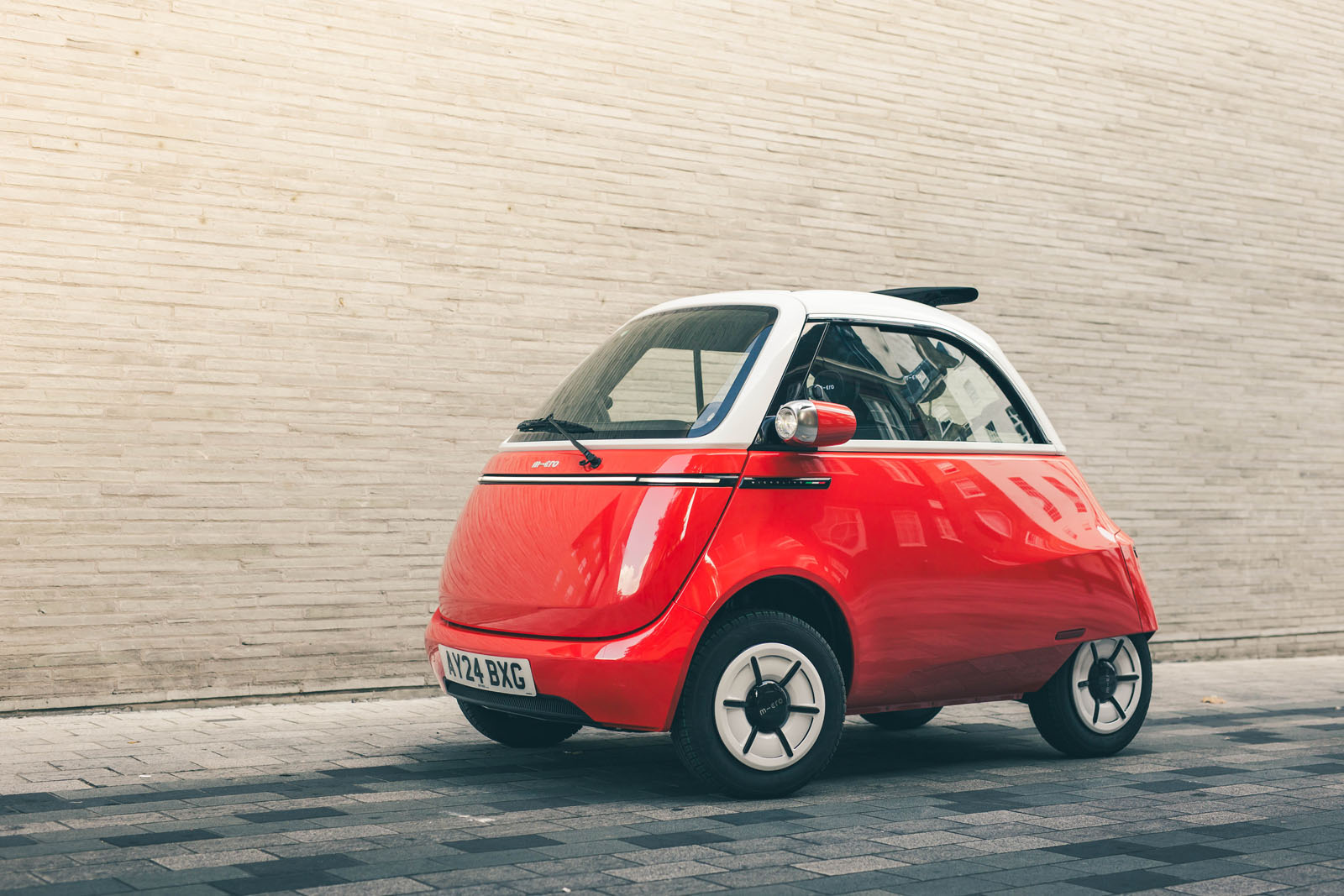The Citroën Ami is not a very good car, but then it's not really a car at all, rather a quadricycle. And besides, at less than £8000, it merits forgiveness of some of its more aggravating quirks and flaws. Despite its comparable dimensions and similar conception, you will find it distinctly harder to overlook any shortcomings of the new Microlino, which costs more than twice as much as its cubic contemporary.
Revealed way back in 2016 and launched in Europe in 2022, the Microlino is the first 'car' from Switzerland's Micro Mobility Systems, founded in the late 1990s by Wim Ouboter, creator of the original foldable, two-wheeled aluminium scooter. Did you know there was originally meant to be one of those in the boot of every Smart car?
Anyway, that never worked out, and there's clearly not as much money in the scooter game as there used to be, so Wim's son Merlin has taken the company boldly into the EV game with a tiny urban runaround modelled on the 1950s Isetta.
Obvious stylistic influence from the era-defining 'bubble car' – famously built under licence by a nascent BMW – extends to a side-hinged front door, mirror-mounted headlights and a somewhat austere cockpit - although the Microlino's creators highlight the addition of a second rear wheel and, crucially, a reverse gear as key improvements.
The Microlino is now available in the UK now through specialist vehicle retailer Krazy Horse, which conveniently will also sell you a Morgan Aero 8 supercar or a 2.5-tonne, 5.7-litre V8-engined Ram 1500 pick-up truck. Why go anywhere else?


